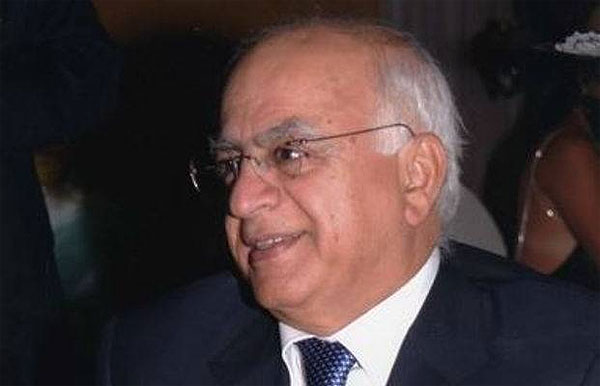16/09/2020
16/09/2020

J. Paul Getty, or ‘Getty’, is considered as one of the most successful oilmen in America, and for a time the richest in the world.
Getty was born in 1892, studied in Oxford, and worked with his father in the oil fields before he became independent and earned his first million when he was 24.
Getty was polygamist, and in 1986 I accidentally met his secretary in London, who was 70 at the time. Getty made his fortune during the Great Depression, when he bought the assets of several oil companies and a hotel in Manhattan.
The majority of Getty’s wealth came from an investment he made in 1949 when he obtained a sixty-year concession from King Ibn Saud in the area between Kuwait and the Kingdom, in exchange for a $9 million advance payment and $1 million annually. Four years later after spending $18 million, Getty found the oil and by 1957 his fortune swelled to $1 billion.
Hence, his interest in arts and world heritage began, as he preferred not to waste his wealth on subsidies for the poor. He became a serious art collector of artifacts since the 1930s, and with time he enjoyed a great deal of familiarity with the history of art and criticism because he could master the languages such as Italian, French and German. He also spoke Arabic, Greek, Russian and Spanish fairly good and was able to read Latin and ancient Greek.
Getty was also disciplined in acquiring his collection, restricting largely to a few categories such as Greek and Roman marble and bronze works, in addition to Renaissance paintings, Persian carpets from the sixteenth century, in addition to French furniture and furnishings from the eighteenth century.
He also owned three pieces of ‘Elgin’ marble, and he acquired the Roman sculpture ‘Lansdowne Heracles’, which dates back to the first century AD. Getty displayed some of his artwork at his mansion in California, but in 1968 he decided to place it in a permanent museum, which visitors entered free of charge. He passed away in 1976, leaving the best private museum in the world.
His son followed him and opened another museum in Los Angeles, at a cost of $1.3 billion that included non-archaeological holdings in addition to a research library, conservation laboratories, gardens and educational facilities.
We talk about this feat due to the Getty Foundation’s decision to preserve the architectural heritage of the twentieth century by donating money for the maintenance of plates, or metal sheets that cover the spherical structure of the Kuwait Towers, one of the distinctive world tourist attractions, designed by the Danish architect Malene Bjørn in 1968.
Secretary-General of the National Council for Culture, Arts and Letters Kamel Al-Abd Al-Jalil, stated that 90 applications were submitted to the Getty Foundation of which only 13 won the generous grant, one of which was Kuwait Towers.
It is noteworthy that the design of the Towers was previously awarded the Aga Khan Award for Architecture in 1980 because it represents a distinctive design and a symbol of Kuwait’s modernity.
e-mail:[email protected]
By Ahmad alsarraf


